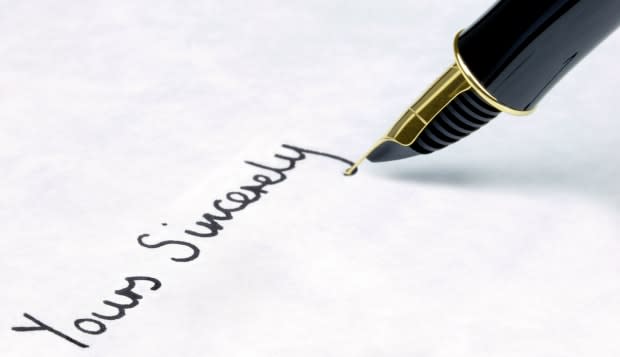29 Ways to Sign Off on an Email, And When to Use Each One

By Rachel Sugar
Writing the body of an email is the easy part. The hard part is signing off.
Is "cheers" too casual? Too pretentious? Too British? Is "sincerely" timeless and professional, or stodgy and overly formal? "Best" seems fail safe — unless it's too bland?
Perhaps, as Matthew J.X. Malady persuasively argued at Slate, we should just call the whole thing off and ditch the email closer altogether.
But as anyone who has sat staring blankly at a screen, weighing "best" versus "all best" versus "all the best" knows, not signing off doesn't feel quite right either — especially if the context is professional.
"Not closing seems way too abrupt," business etiquette expert Barbara Pachter tells Business Insider. "If you have a salutation, you should have a closing to balance it out."
Will Schwalbe, one of the authors "SEND: Why People Email So Badly and How to Do it Better," agrees, pointing out that "we don't go around in life barking orders at one another and we shouldn't on email either."
And manners aside, the email close serves a practical function. It helps "define the personality of the email's content," says Aliza Licht, VP of Global Communications for Donna Karan International and author of the career guide "Leave Your Mark."
It's also an opportunity to define or redefine your relationship to your correspondent, Schwalbe adds. (A shift from "love" to "best," for example, indicates you may have a problem.)
If we accept — at least for the moment — that email signoffs are here to stay, the question becomes which one to use, and in what contexts to use it.
We had Pachter, Schwalbe, and Licht weigh in on 29 common email closings to help you sign off with minimal risk and maximal charm.
